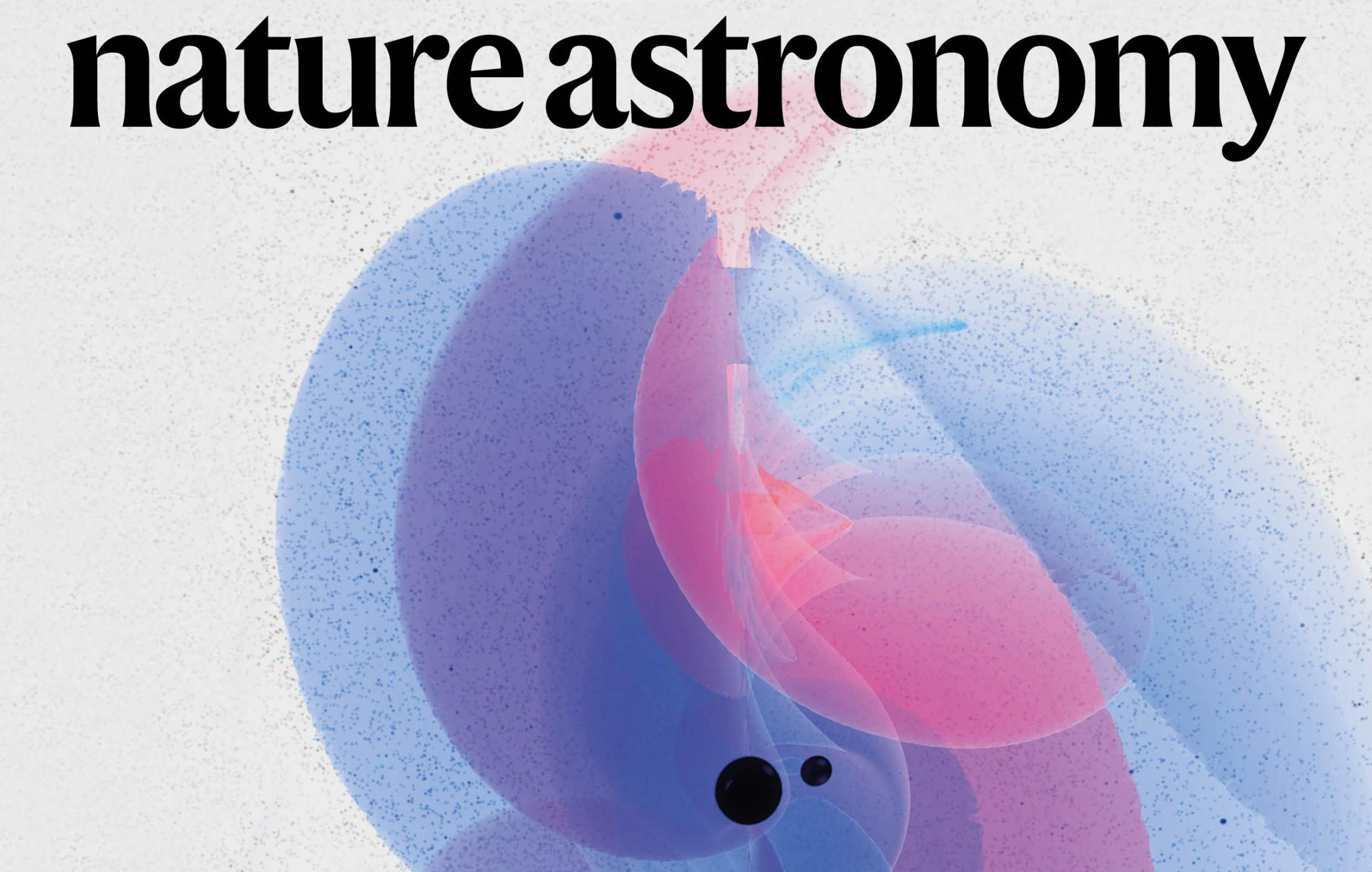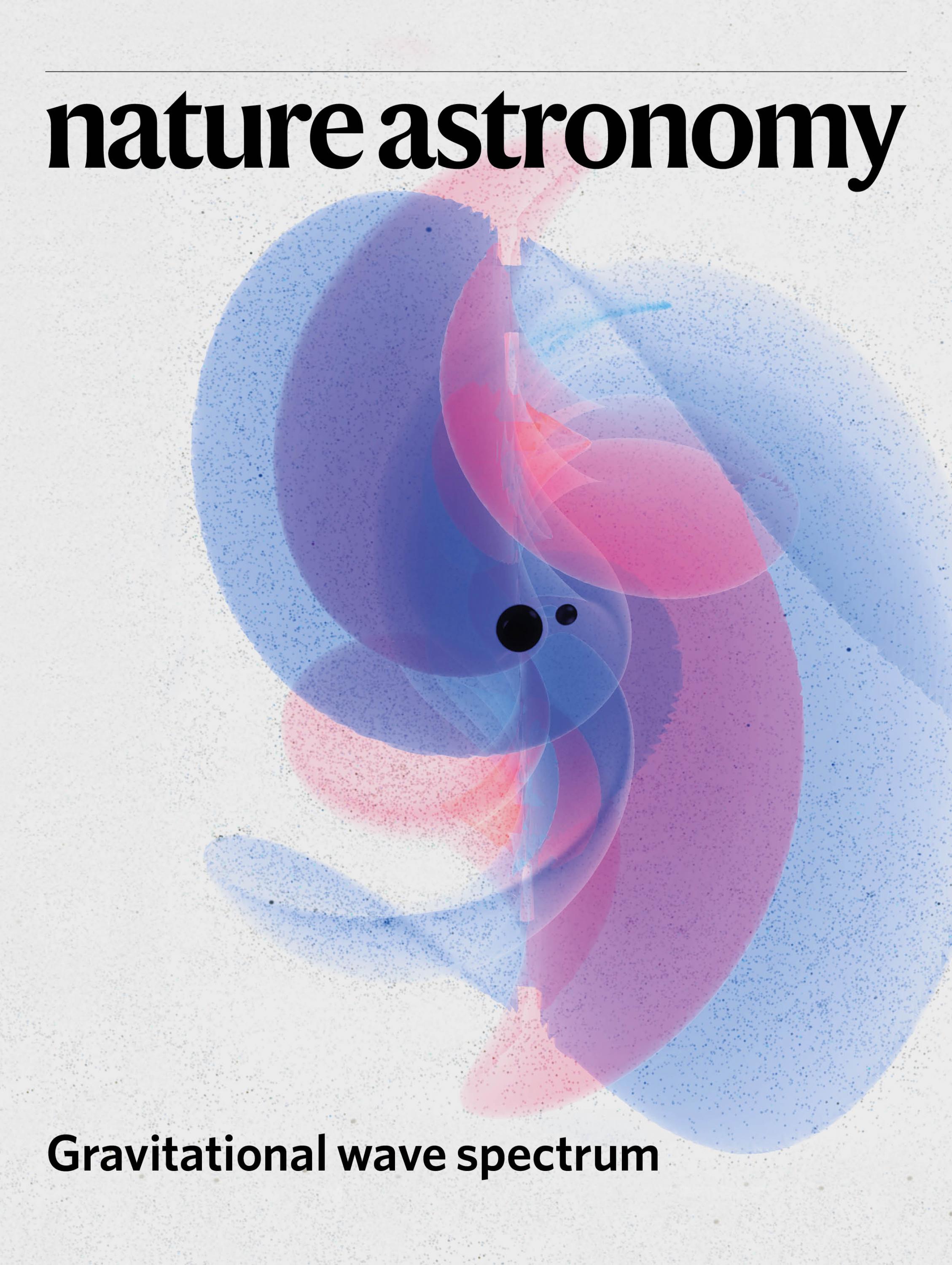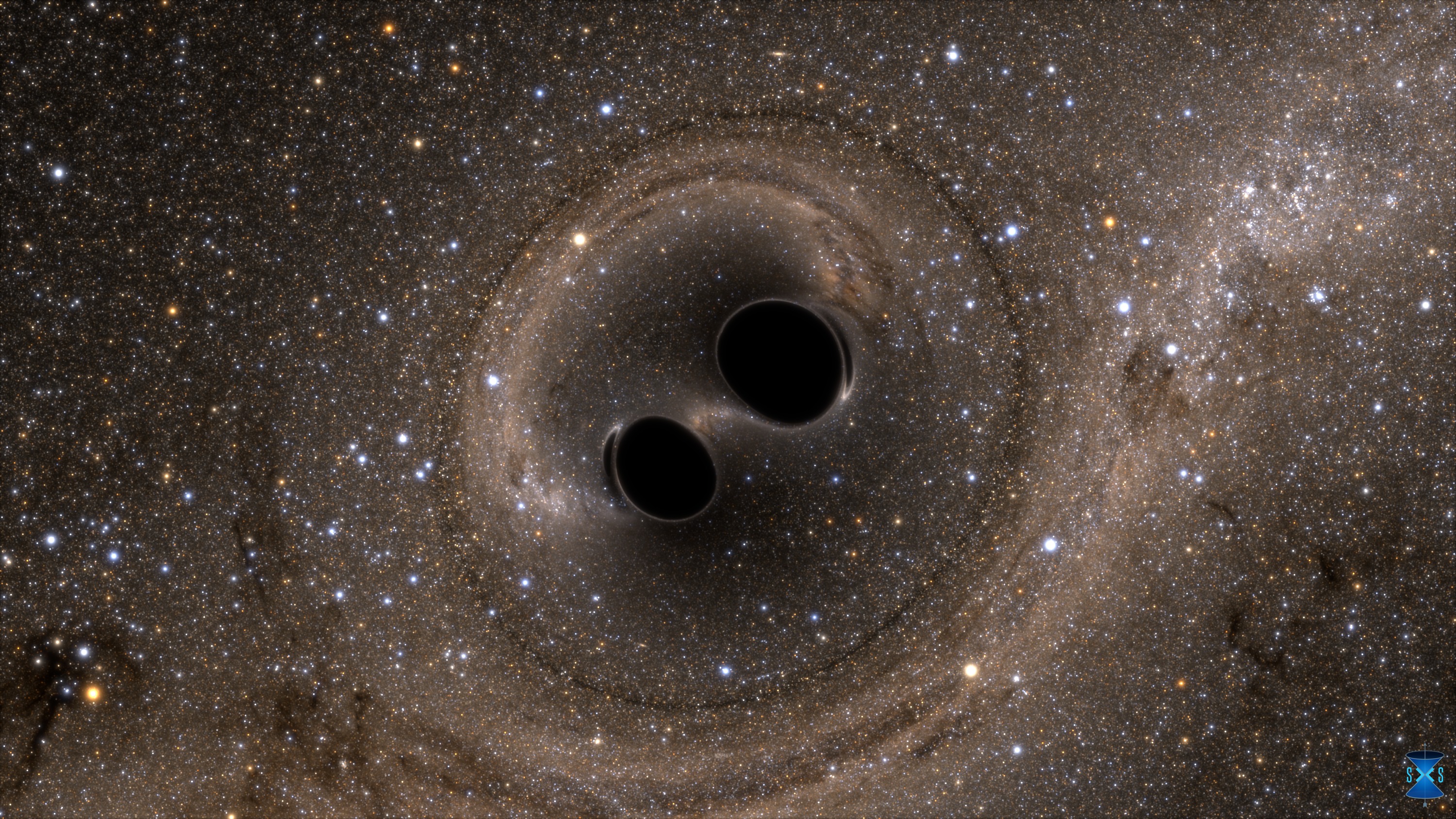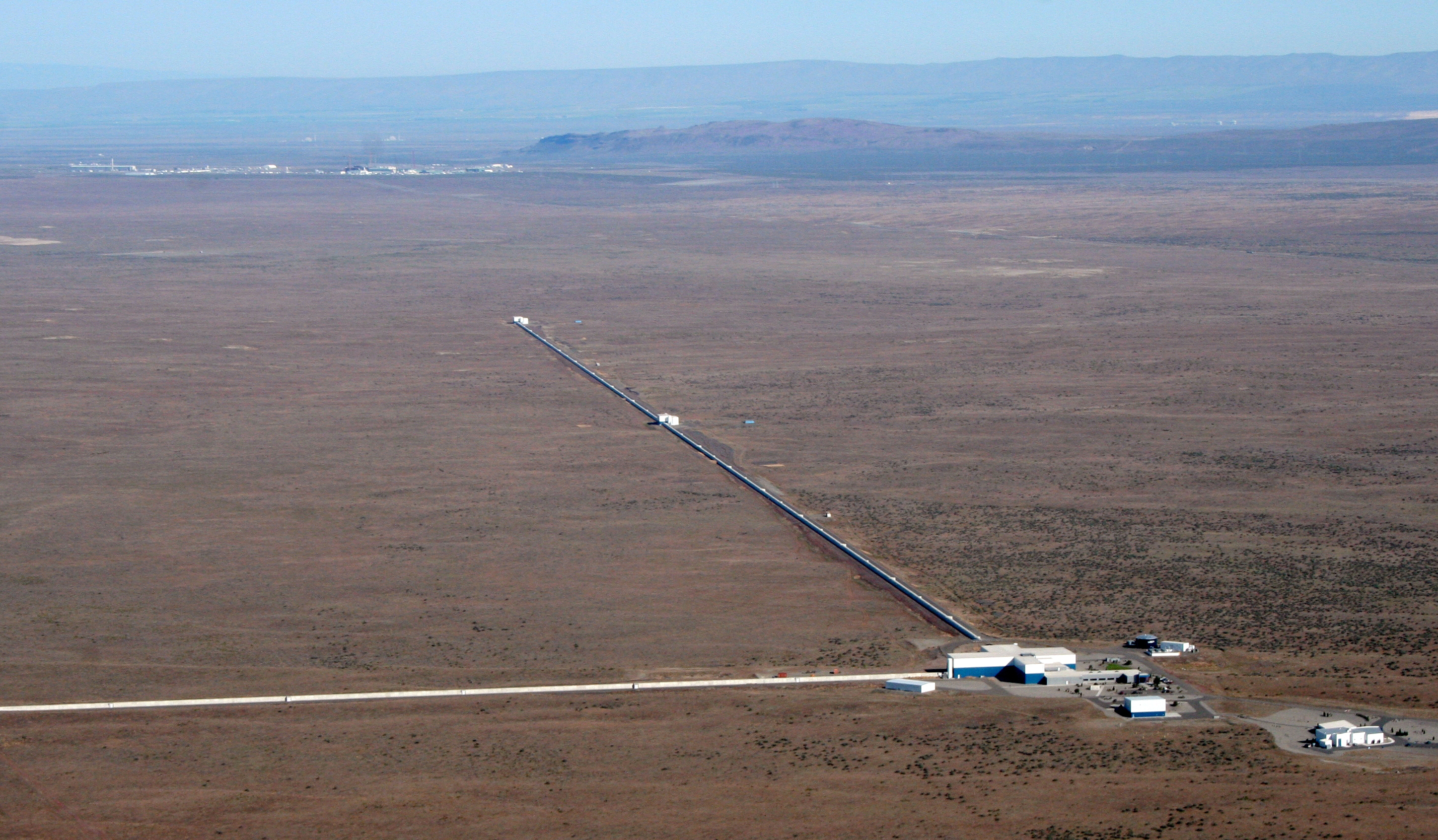As if black holes weren’t shrouded in enough mystery, one question in particular puzzles scientists: Where are all the medium-sized versions of this celestial phenomenon?
A new study from members of the Georgia Tech Center for Relativistic Astrophysics lays the groundwork for how scientists could find those elusive black holes, and it’s the cover story for the March 2020 issue of Nature Astronomy.
“We observe (black hole) interactions at many scales, from a little bigger than our sun to millions of times bigger than our sun,” says Deirdre Shoemaker, CRA director and professor in the School of Physics. “But we have not observed black holes that sit in between those extremes.”
Shoemaker’s co-author for the study, fellow CRA member Karan Jani, is an astrophysicist and GRAVITY postdoctoral fellow at Vanderbilt University. He received his Ph.D. in physics from Georgia Tech in 2017. Jani explains why researchers want to solve the mystery of the middling black holes.
“Black holes by themselves are very mysterious, but intermediate-mass black holes are even stranger,” he says. “We don’t really know how our universe can make these black holes. Some theories suggest such black holes could be remnants of the earliest stars born in our universe. So finding them is a crucial clue about the early environment and growth of our universe.”
Laser Interferometer Gravitational Wave Observatory Scientific Collaboration
Jani and Shoemaker are both members of the Laser Interferometer Gravitational Wave Observatory (LIGO) Scientific Collaboration, involving scientists from around the world assisting the search for evidence of gravitational waves, ripples in space and time caused by the collisions of black holes or neutron stars. In September 2015, LIGO made history when its ground-based detectors in Washington State and Louisiana directly observed gravitational waves emanating from a black hole collision 1.3 million light years away. The scientists responsible for the idea behind LIGO were rewarded in 2017 with the Nobel Prize in Physics.
Georgia Tech Center for Relativistic Astrophysics
Shoemaker, a founding member of the CRA when it was established in 2008, says that effort was a big part of what’s been an eventful 12 years at the Center.
“Our members have been engaged in profound discoveries such as those made by LIGO,” she says. “We have grown from four faculty in 2008 to nine in 2020. We have celebrated babies, marriages, new jobs, battled sickness, and much more. We have become American Physical Society fellows and won awards.”
Shoemaker says the CRA’s future will focus on developing a bachelor’s degree program in astrophysics and developing its new research initiative with the Space and Planetary Science courses within the School of Earth and Atmospheric Sciences.
Multiband Astronomy, Gravitational Waves
Shoemaker and Jani’s study provides guidance, via state-of-the-art gravitational waveform models and computer simulations, for how scientists could uncover intermediate-mass black holes. A key factor in that search is the continued development of multiband astronomy, combining ground-based gravitational waves detection and proposed space-based probes like the Laser Interferometer Space Antenna (LISA).
“With traditional telescopes, there is just no way to know how many of such black holes are out there,” Jani says. “As we show in our paper, with the new era of gravitational-wave telescopes, we can survey a large variety of intermediate-mass black holes pretty much across the universe.
“Multiband gravitational waves is the next big chapter of modern astronomy and cosmology. Imagine hearing only a few lines of the songs — which already has proved to be a revolution — and then discovering it’s part of a five-year long musical! That’s what we will gain by having differing bands of gravitational wave telescopes in ground and space. As we show in our study, there is a population of black holes out there whose multiband observations will provide the strongest tests of Albert Einstein’s general theory of relativity.”
For More Information Contact
Renay San Miguel
Communications
College of Sciences
Georgia Institute of Technology









